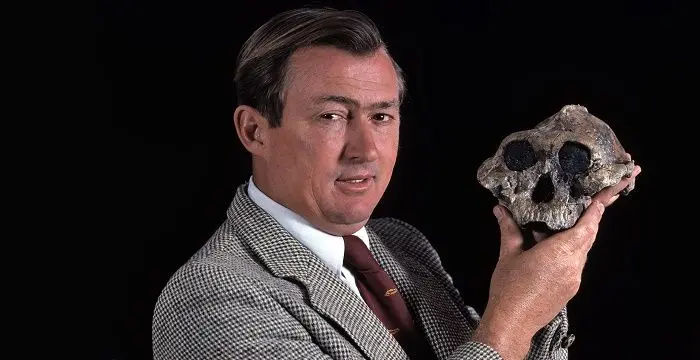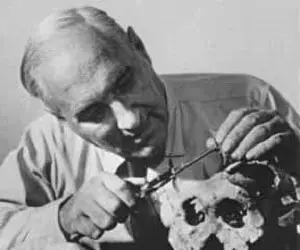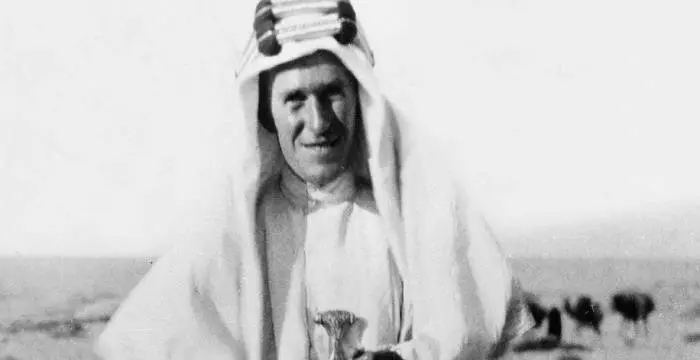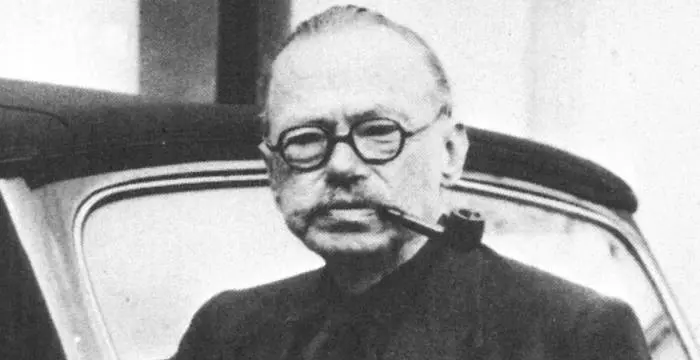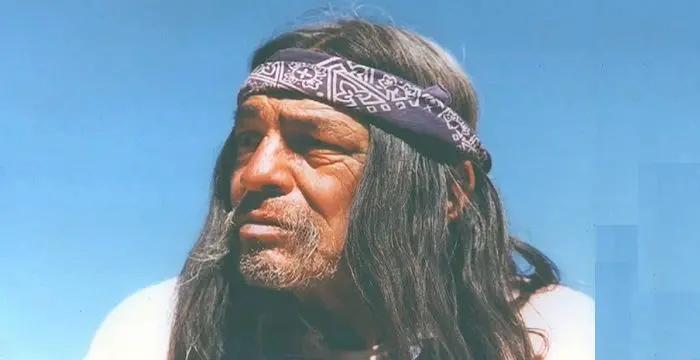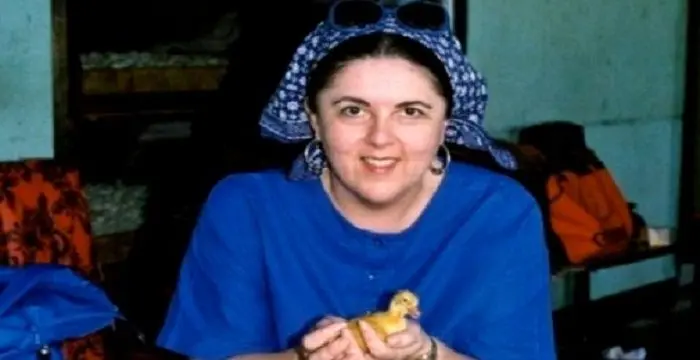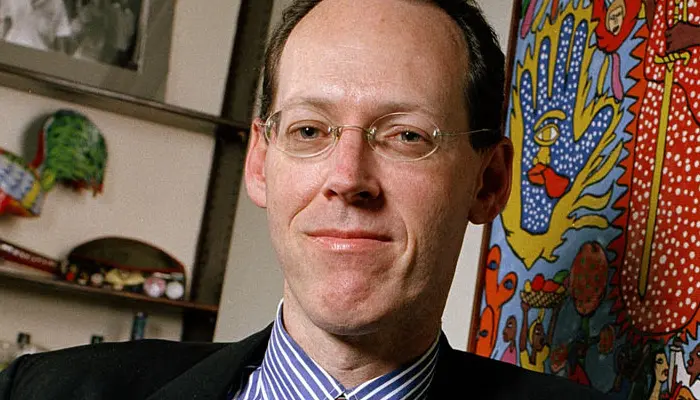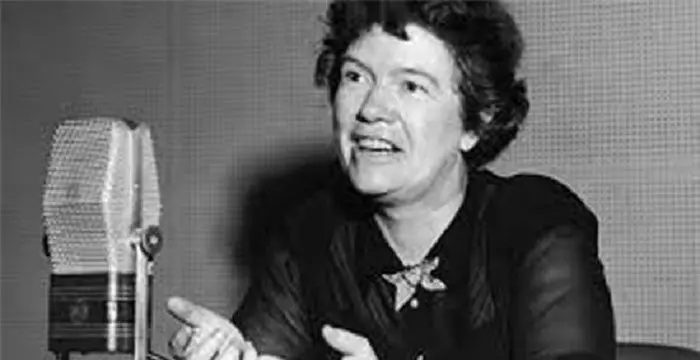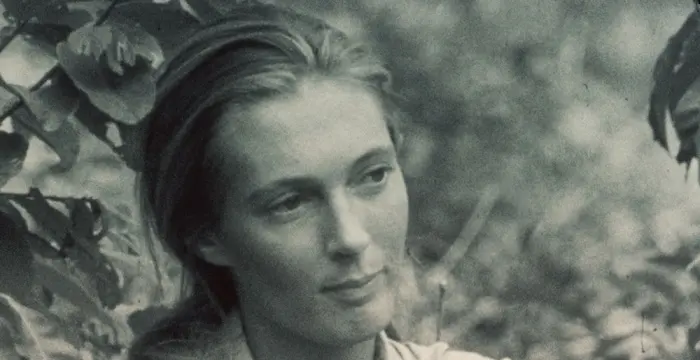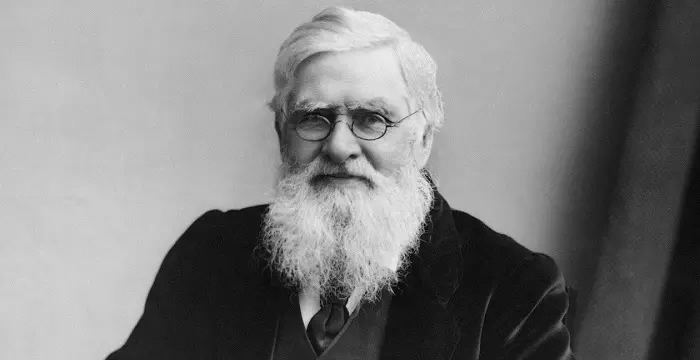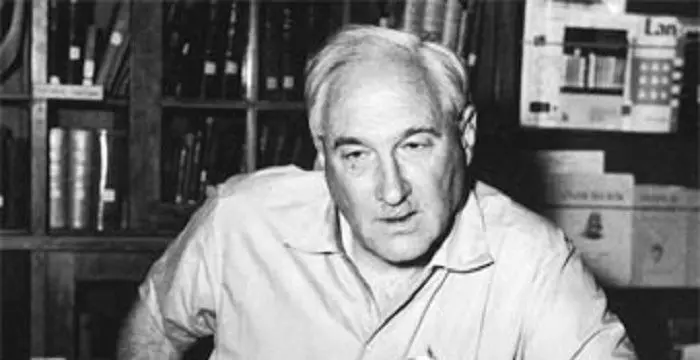
Louis Leakey - Paleoanthropologist, Birthday and Facts
Louis Leakey's Personal Details
Louis Leakey was a Kenyan-British anthropologist who findings greatly altered conceptions about the origins and course of the evolution of human life
| Information | Detail |
|---|---|
| Birthday | August 7, 1903 |
| Died on | October 1, 1972 |
| Nationality | Kenyan, British |
| Famous | Intellectuals & Academics, Archaeologists, Anthropologists, Paleoanthropologist |
| Spouses | Frida Avern, Mary Leakey |
| Known as | L. S. B. Leakey, Louis Seymour Bazett Leakey |
| Childrens | Richard Leakey |
| Universities |
|
| Birth Place | Kabete |
| Born Country | Kenya |
| Religion | Anglicanism |
| Gender | Male |
| Father | Harry Leakey |
| Mother | Mary Leakey |
| Sun Sign | Leo |
| Born in | Kabete |
| Famous as | Paleoanthropologist and Archaeologist |
| Died at Age | 69 |
// Famous Paleoanthropologist
Richard Leakey
Richard Leakey is a famous paleoanthropologist and wild life conservationist, known for leading the expeditionsin Ethiopia's ‘Omo River’ district. To know more about his childhood, career, profile and timeline read on
Louis Leakey's photo
Who is Louis Leakey?
Louis Seymour Bazett Leakey was a passionate, charismatic, and sometimes controversial archaeologist and anthropologist whose revolutionary theories and dramatic discoveries contributed immensely to the field of anthropology. His findings greatly altered conceptions about the origins and course of the evolution of human life. His work and fossil discoveries attracted hordes of eager young researchers from many different scientific disciplines, thereby launching the modern field of paleontology, which is the study and categorization of life forms that lived in prehistoric times or various geologic epochs through the analysis of fossils of animals, plants, and other organisms. In later years, he would turn over hands-on archaeology work and anthropological studies to his wife, Mary Leakey, and some of his children while he devoted his considerable energy to related but fresh causes. A passionate lecturer and author, Louis Leakey was also an important figure in the wildlife conservation movement, as his work in primatology inspired young scientists, including Jane Goodall and Dian Fossey, to follow their own passion for exploring not only humanity's past but also its overall relation to other living creatures. His dogged persistence and willingness to stand alone against the crowd resulted in immense scientific strides that increased the worldwide body of knowledge concerning the origins of humanity.
// Famous Intellectuals & Academics
Bertil Gotthard Ohlin
Bertil Gotthard Ohlin was a famous Swedish economist. This biography profiles his childhood, family life & achievements.
Emily Greene Balch
Emily Greene Balch was an American economist, sociologist and pacifist who won the 1946 Nobel Peace Prize. This biography of Emily Greene Balch provides detailed information about her childhood, life, achievements, works & timeline.
Martin Buber
One of the greatest philosophers to have ever walked on earth, Martin Buber contributions to philosophy is a long-standing one. Explore all about his profile, childhood, life and timeline here.
Childhood & Early Life
Louis Leakey was born on August 7, 1903, in Kabete, Kenya, to English missionaries Harry and Mary Leakey. He grew up in Africa, surrounded by the Kikuyu tribe, steeped much more in African ways than in those of the English.
Leakey found some stone tools in 1916, when he was 13, and he wanted to learn about those who created the tools. This discovery was the catalyst that fueled his lifelong passion for studying prehistory.
In 1922, Leakey began studying in St. John's College, Cambridge University, England. However, his studies were interrupted by an injury suffered during a rugby match.
Leakey took up studies at Cambridge University again in 1925, and one year later, he was awarded degrees in both anthropology and archaeology. Four years later, Leakey earned his doctorate in African prehistory.
Career
During 1923 and 1924, while recovering from a sports-related injury, Louis Leakey took on the management of a paleontological expedition in Africa.
In 1930, Leakey's ideas about the origin of the human species differed from conventional ideas. While the general school of thought had humans originating in Asia, due to the remains of the so-called Java Man, Leakey held fast to Charles Darwin's theories that humans had originated in Africa.
Leakey made his first visit to Olduvai Gorge, in modern-day Tanzania, in 1931. In the future, Leakey and this site would become inextricably linked and his finds here would become famous.
Leakey discovered fossils in 1932 at Kanam and Kanjera, Africa. He then hailed these finds, which he called the oldest direct ancestors of modern humans, as concrete proof that humanity arose on the African continent.
In 1937, Leakey left England, where he had been working and lecturing, and returned to Africa for a rigorous ethnological study of the Kikuyu tribe.
Leakey accepted the position of curator at the Coryndon Memorial Museum in Nairobi, later in 1945, the museum was renamed as the Kenya National Museum.
In 1960, Leakey discovered a Homo erectus skull at Olduvai Gorge, and he theorized that two recent finds, H. habilis and Z. boisei, demonstrated distinct but co-existing hominid lineages. Peers scoffed at Leakey's theory, but continued discoveries would later support Leakey's position.
Throughout the 1960s, Leakey increasingly turned over hands-on anthropological studies and archaeological excavations to his wife, Mary Leakey, and some of his children. He, in turn, concentrated on lecturing, writing, and mentoring younger scientists interested in primatology, these included: Jane Goodall (for chimpanzees), Dian Fossey (for gorillas), and Birute Galdikas (for orangutans).
Major Works
Louis Leakey is credited with making several major advances in the fields of archaeology and anthropology. They include finding fossils which demonstrated human development began on the African continent, that there were concurrent developing species of early hominids, and finally that human development was much more complicated than previously thought.
Leakey was a prolific author who wrote many books, including: Adam's Ancestors (1934); Stone-Age Africa (1936); White African (1937, memoir); Olduvai Gorge (1952); Mau Mau and the Kikuyu (1952); Olduvai Gorge, 1951–61 (1965); Unveiling Man's Origins (1969, with Jane Goodall); Animals of East Africa (1969); and By the Evidence: Memoirs, 1932-1951 (1974, memoir).
Awards & Achievements
In 1962, Louis Leakey won the Hubbard Medal. This award is given by the National Geographic Society for excellence and distinction in discovery, exploration, and research.
Leakey won the Prestwich Medal in 1969. This award is a medal of the Geological Society of London established in the will of Joseph Prestwich to be awarded every three years for advancement in geology. Leakey and his team, including his wife Mary Leakey, had been making significant fossil discoveries since 1948.
Personal Life & Legacy
Louis Leakey married Frida Avern in 1928. The couple had two children.
In 1933, when Leakey's wife Frida was pregnant with their second child, he met Mary Nicol, a young illustrator fascinated with archaeology and paleontology. The two began an affair.
Leakey created a public scandal by divorcing Frida and marrying Mary in 1936. Together, he and Mary would have three sons.
Leakey died of heart attack on October 1, 1972, in London, at the age of 69.
// Famous Archaeologists
T. E. Lawrence
Thomas Edward Lawrence, also known as TE Shaw, was a British archeologist, scholar, writer, military officer, strategist, and diplomat. Check out this biography to know more about his childhood, family, personal life, etc.
V. Gordon Childe
Vere Gordon Childe was an Australian historian, linguist and archaeologist. This biography of Vere Gordon Childe provides detailed information about his childhood, life, achievements, works & timeline.
Louis Leakey biography timelines
- // 7th Aug 1903Louis Leakey was born on August 7, 1903, in Kabete, Kenya, to English missionaries Harry and Mary Leakey. He grew up in Africa, surrounded by the Kikuyu tribe, steeped much more in African ways than in those of the English.
- // 1916Leakey found some stone tools in 1916, when he was 13, and he wanted to learn about those who created the tools. This discovery was the catalyst that fueled his lifelong passion for studying prehistory.
- // 1922In 1922, Leakey began studying in St. John's College, Cambridge University, England. However, his studies were interrupted by an injury suffered during a rugby match.
- // 1923 To 1924During 1923 and 1924, while recovering from a sports-related injury, Louis Leakey took on the management of a paleontological expedition in Africa.
- // 1925Leakey took up studies at Cambridge University again in 1925, and one year later, he was awarded degrees in both anthropology and archaeology. Four years later, Leakey earned his doctorate in African prehistory.
- // 1928Louis Leakey married Frida Avern in 1928. The couple had two children.
- // 1930In 1930, Leakey's ideas about the origin of the human species differed from conventional ideas. While the general school of thought had humans originating in Asia, due to the remains of the so-called Java Man, Leakey held fast to Charles Darwin's theories that humans had originated in Africa.
- // 1931Leakey made his first visit to Olduvai Gorge, in modern-day Tanzania, in 1931. In the future, Leakey and this site would become inextricably linked and his finds here would become famous.
- // 1932Leakey discovered fossils in 1932 at Kanam and Kanjera, Africa. He then hailed these finds, which he called the oldest direct ancestors of modern humans, as concrete proof that humanity arose on the African continent.
- // 1934Leakey was a prolific author who wrote many books, including: Adam's Ancestors (1934); Stone-Age Africa (1936); White African (1937, memoir); Olduvai Gorge (1952); Mau Mau and the Kikuyu (1952); Olduvai Gorge, 1951–61 (1965); Unveiling Man's Origins (1969, with Jane Goodall); Animals of East Africa (1969); and By the Evidence: Memoirs, 1932-1951 (1974, memoir).
- // 1936Leakey created a public scandal by divorcing Frida and marrying Mary in 1936. Together, he and Mary would have three sons.
- // 1937In 1937, Leakey left England, where he had been working and lecturing, and returned to Africa for a rigorous ethnological study of the Kikuyu tribe.
- // 1945Leakey accepted the position of curator at the Coryndon Memorial Museum in Nairobi, later in 1945, the museum was renamed as the Kenya National Museum.
- // 1960In 1960, Leakey discovered a Homo erectus skull at Olduvai Gorge, and he theorized that two recent finds, H. habilis and Z. boisei, demonstrated distinct but co-existing hominid lineages. Peers scoffed at Leakey's theory, but continued discoveries would later support Leakey's position.
- // 1962In 1962, Louis Leakey won the Hubbard Medal. This award is given by the National Geographic Society for excellence and distinction in discovery, exploration, and research.
- // 1969Leakey won the Prestwich Medal in 1969. This award is a medal of the Geological Society of London established in the will of Joseph Prestwich to be awarded every three years for advancement in geology. Leakey and his team, including his wife Mary Leakey, had been making significant fossil discoveries since 1948.
- // 1st Oct 1972Leakey died of heart attack on October 1, 1972, in London, at the age of 69.
// Famous Anthropologists
Carlos Castaneda
Carlos Castaneda was an American author who penned ‘The Teachings of Dan Juan’. This biography gives detailed information about his childhood, life, works and timeline.
Ann Dunham
Ann Dunham was an American anthropologist and played a major role in the rural development of Indonesia. This biography profiles her childhood, family, personal life, career, etc.
Paul Farmer
Paul Farmer is an anthropologist and physician who co-founded the health organization - Partners In Health (PIH). This biography of Paul Farmer provides detailed information about his childhood, life, achievements, works & timeline.
Margaret Mead
Margaret Mead was an American anthropologist known for her studies and works on cultural anthropology. This biography of Margaret Mead provides detailed information about her childhood, life, achievements, works & timeline.
Jane Goodall
Jane Goodall is an English Animal Rights activist, famously dubbed as “The Woman who redefined man”. This biography of Jane Goodall provides detailed information about her childhood, life, achievements, works & timeline.
Alfred Russel Wallace
Alfred Russel Wallace was a British scientist and explorer, best known for discovering the concept of evolution by natural selection. This biography of Alfred Wallace provides information about his childhood, life, achievements, works & timeline.
Louis Leakey's FAQ
What is Louis Leakey birthday?
Louis Leakey was born at 1903-08-07
When was Louis Leakey died?
Louis Leakey was died at 1972-10-01
Where was Louis Leakey died?
Louis Leakey was died in London
Which age was Louis Leakey died?
Louis Leakey was died at age 69
Where is Louis Leakey's birth place?
Louis Leakey was born in Kabete
What is Louis Leakey nationalities?
Louis Leakey's nationalities is Kenyan, British
Who is Louis Leakey spouses?
Louis Leakey's spouses is Frida Avern, Mary Leakey
Who is Louis Leakey childrens?
Louis Leakey's childrens is Richard Leakey
What was Louis Leakey universities?
Louis Leakey studied at University of Cambridge
What is Louis Leakey's religion?
Louis Leakey's religion is Anglicanism
Who is Louis Leakey's father?
Louis Leakey's father is Harry Leakey
Who is Louis Leakey's mother?
Louis Leakey's mother is Mary Leakey
What is Louis Leakey's sun sign?
Louis Leakey is Leo
How famous is Louis Leakey?
Louis Leakey is famouse as Paleoanthropologist and Archaeologist
